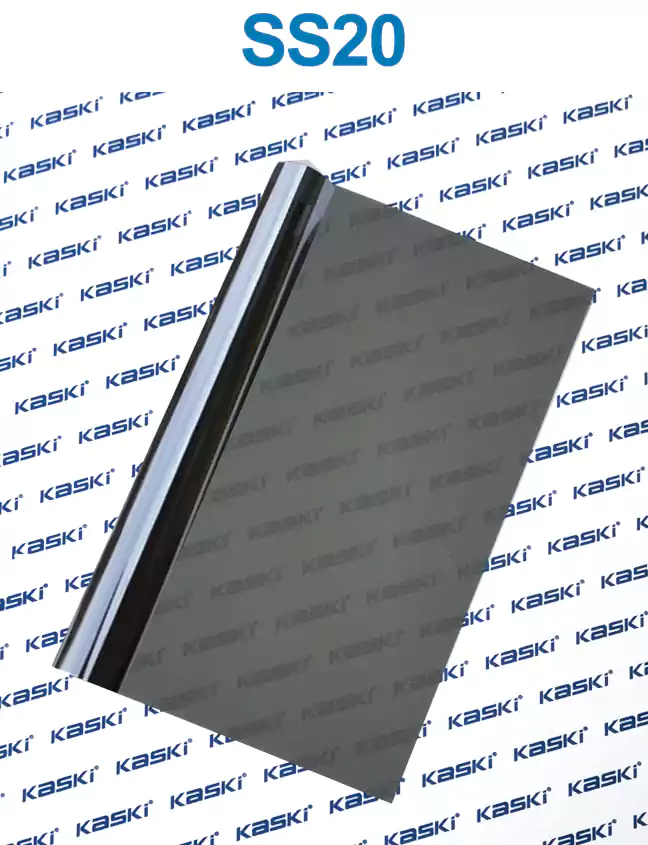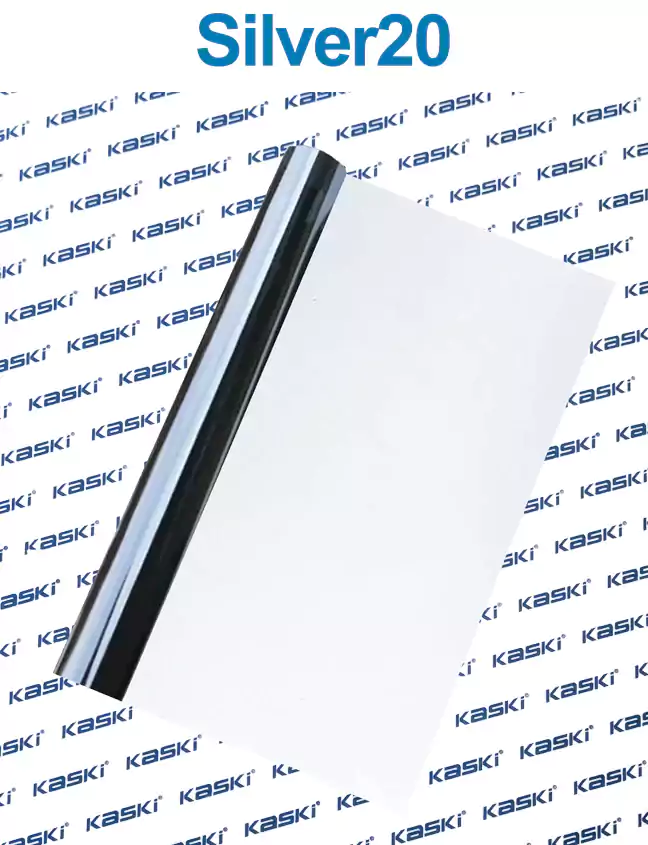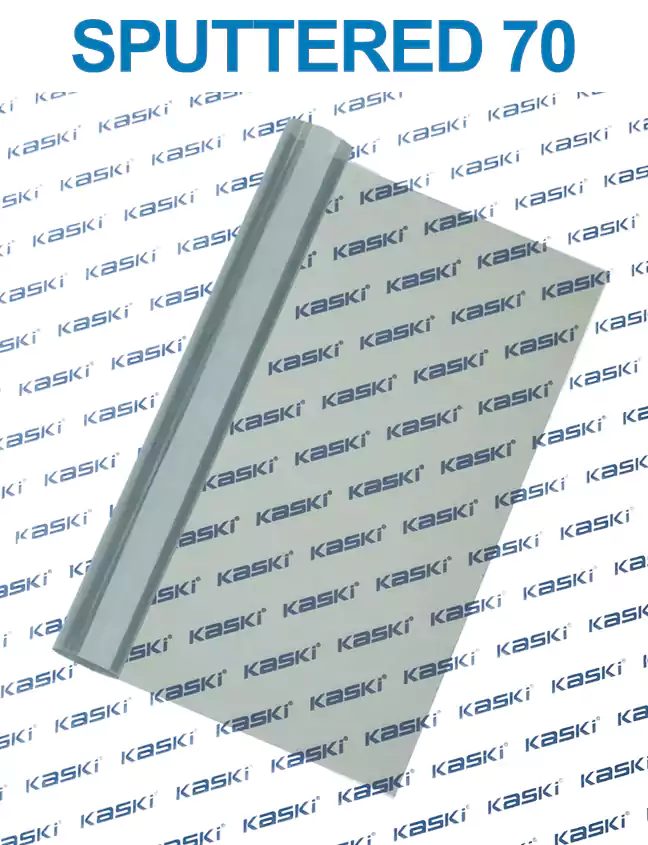Automotive window tinting is a popular and practical solution for enhancing the look, comfort, and efficiency of your vehicle. By applying a thin, specialized film to your car's windows, you can enjoy a range of benefits, from improved energy efficiency to enhanced privacy and protection from the sun's harmful rays.
In this comprehensive guide, we'll explore the principles of automotive window tinting, the advantages it offers, and provide a detailed installation case study to help you understand the process better.
The Principles of heat control window film
heat control window film works by applying a thin, transparent film to the interior surface of your car's windows. This film is designed to block a significant portion of the sun's ultraviolet (UV) and infrared (IR) rays, while still allowing natural light to pass through.
The tinting film is typically made from a durable polyester material that is coated with a range of tinting agents, such as metallic or ceramic particles. These agents work to absorb and reflect the sun's energy, preventing it from entering the vehicle and heating up the interior.
Advantages of Automotive Window Tinting
1. Save Money on Energy Costs: By blocking the sun's heat, window tinting can help reduce the workload on your car's air conditioning system, leading to significant savings on fuel and energy costs.
2. Protect Decorative Curtains and Blinds: The UV-blocking properties of window tinting can help preserve the color and condition of your vehicle's interior fabrics, including decorative curtains and blinds.
3. Increase Comfort and Energy Efficiency: By keeping the interior of your car cooler, window tinting can make your driving experience more comfortable, especially during the hot summer months.
4. Enhance Privacy: Tinted windows provide an extra layer of privacy, making it more difficult for others to see into your vehicle.
5. Protect Against Harmful UV Rays: Window tinting can block up to 99% of harmful UV rays, which can help reduce the risk of skin damage and premature aging.
6. Maintain a Bright and Comfortable Interior: Tinted windows allow natural light to pass through, while still rejecting the sun's heat, creating a bright and comfortable interior environment.
7. Stay Cooler in the Summer: By blocking the sun's heat, window tinting can help keep your car's interior cooler, reducing the need for excessive air conditioning and improving your overall driving experience.
A Detailed Installation Case Study
To better understand the process of automotive window tinting, let's take a look at a detailed installation case study.
In this example, we'll be tinting the windows of a 2019 Toyota Camry. The car owner has chosen to tint the side windows, rear glass, and windscreen.
Step 1: Preparing the Vehicle
Before the tinting process can begin, the car's windows must be thoroughly cleaned to ensure proper adhesion of the tinting film. This involves using a specialized window cleaner and a lint-free cloth to remove any dirt, dust, or residue.
Step 2: Measuring and Cutting the Tinting Film
The tinting specialist will carefully measure each window to ensure the tinting film is cut to the exact size and shape needed. This is a crucial step, as any gaps or overlaps can affect the overall appearance and performance of the tinting.
Step 3: Applying the Tinting Film
Once the film is cut to size, the specialist will use a solution of water and a mild detergent to wet the window surface. This helps the film slide into place more easily. The film is then carefully applied, starting from the center and working outward to the edges. Any air bubbles or wrinkles are smoothed out using a squeegee.
Step 4: Curing and Trimming
After the tinting film is applied, the car is left to sit for a specified period, typically 24-48 hours, to allow the film to fully adhere to the window surface. During this time, the film will also cure and become more durable.
Once the curing process is complete, the specialist will carefully trim any excess film around the edges of the window, ensuring a clean and professional-looking finish.
Testimonials
"I had my Toyota Camry tinted with this company, and I couldn't be happier with the results. The installation was quick and efficient, and the tinting has made a noticeable difference in the comfort of my car, especially during the hot summer months. I highly recommend their services." - Sarah, Satisfied Customer
"Automotive window tinting was a game-changer for me. Not only does it make my car look great, but it's also helped me save on energy costs and keep my interior in better condition. The team was knowledgeable and took the time to explain the entire process. I'm thrilled with the outcome." - Michael, Loyal Customer
In conclusion, automotive window tinting is a practical and cost-effective way to enhance the look, comfort, and efficiency of your vehicle. By understanding the principles, advantages, and installation process, you can make an informed decision about whether window tinting is the right choice for your car.



















